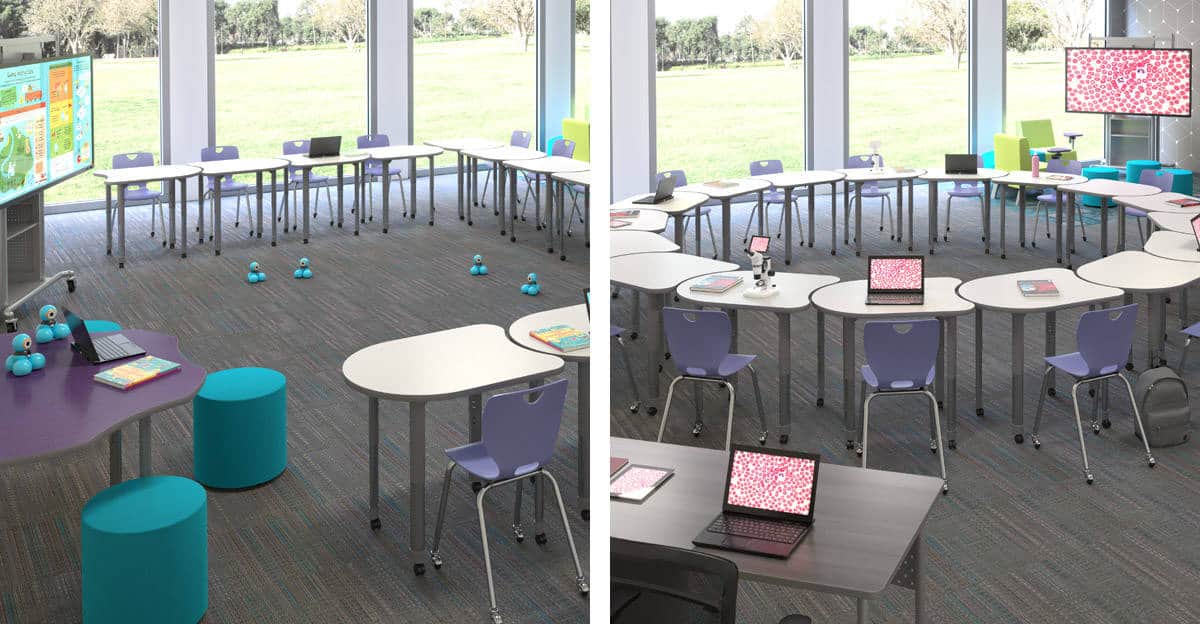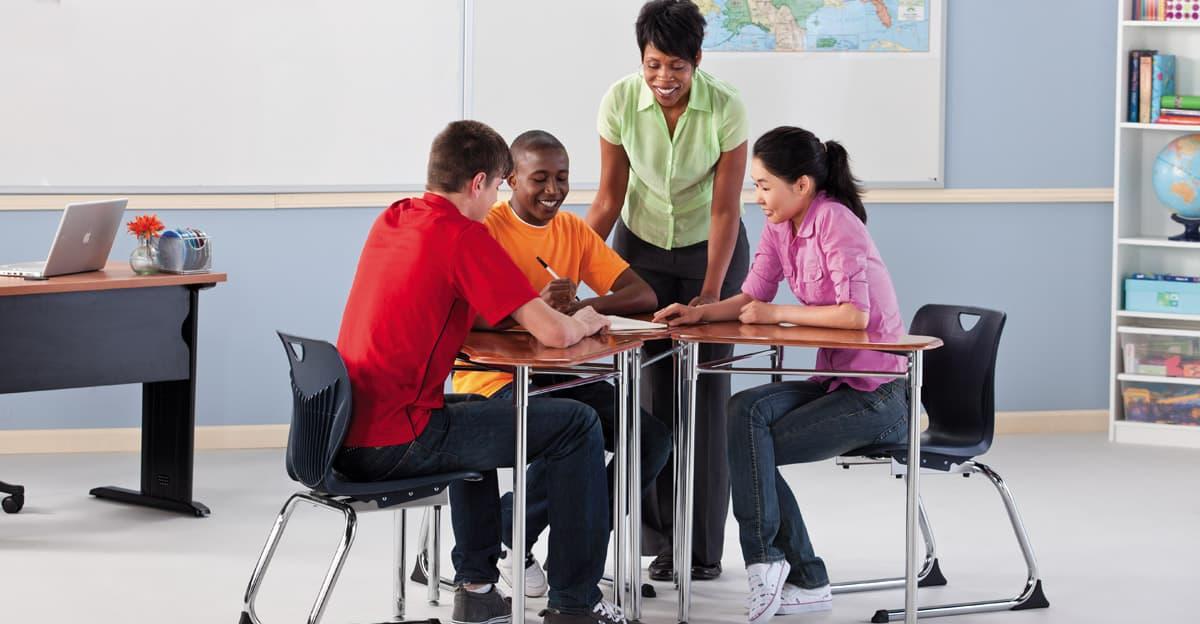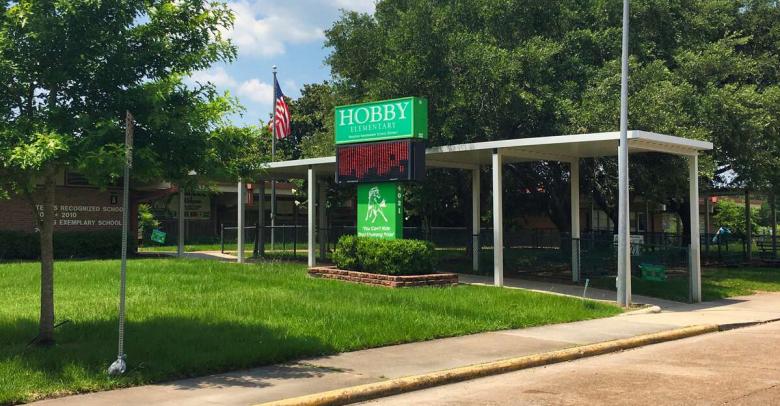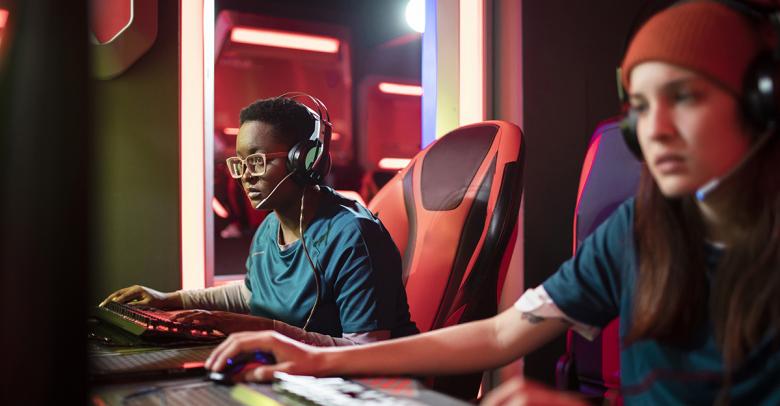As this recent blog post indicates, active learning is a key strategy for increasing student engagement. Here’s how to design active learning environments that lead to deeper engagement in the learning process.
According to Cornell University’s Center for Teaching Innovation, “Active learning methods ask students to fully participate in their learning by thinking, discussing, investigating, and creating. In active learning classrooms, students may be asked to practice skills, solve problems, struggle with complex questions, propose solutions, and explain ideas in their own words through writing and discussion.”
Active learning can involve many different kinds of activities, but a common theme is that students are engaging more deeply with the content — and often with each other.
Class discussions and debates, hands-on simulations and experiments, and project-based learning are all forms of active learning. Here are some examples of specific techniques from the University of Michigan’s Center for Research on Learning and Teaching, listed in order from simplest to most complex.
- Think-Pair-Share: Have students work individually on a problem or reflect on a passage, then compare their responses with a partner. Each two-person team then synthesizes a joint solution to share with the entire class.
- Peer Review: Students are asked to complete an individual assignment. They submit one copy to the instructor and one copy to a partner. Each student takes their partner’s work and gives critical feedback.
- Brainstorming: Introduce a topic or problem and ask for student input. Give students a minute to write down their ideas, and then record them on the board.
- Role Playing: Have students act out a part or argue a position to get a better idea of the concepts being discussed.
- Jigsaw Discussion: Divide a general topic into smaller, interrelated aspects. Each member of a team is assigned to read and become an expert on a different aspect. After each person has become an expert on their piece of the puzzle, they teach the other team members about that aspect of the topic. After each person has finished teaching, the puzzle has been “reassembled” — and everyone on the team knows something important about every aspect of the topic.
- Inquiry-Based Learning: Students use an investigative process to discover concepts for themselves. After the instructor identifies a topic for mastery, he or she poses a question that will drive students’ inquiry.
How classroom design can support active learning
Anyone who’s ever taught before knows that different types of learning activities are best supported by different arrangements of the physical space.
For instance, arranging desks or tables in a large circle or “U” shape works well for direct instruction, because it focuses each learner’s attention on what the teacher has to say. It also makes discussions involving the entire class easier, because every student can see every other student in the class. On the other hand, arranging desks or tables in small groups — with three or four students each facing each other — facilitates small-group collaboration and interaction.

Because there might be times when teachers will want to use each of these instructional strategies in their classrooms, flexibility is an important consideration when designing classrooms to support active learning.
Ideally, students should be able to shift seamlessly from one type of learning activity to another, and from whole-group instruction to small-group interaction and/or independent study. While this can be accomplished by setting up different learning “zones” to accommodate each type of activity, the amount of space that’s available in a classroom might not make this possible. Another option is to furnish learning spaces with movable, flexible furniture that can easily be arranged into various configurations to support a wide variety of learning tasks.
For instance, tables and chairs with built-in casters can be moved around the room easily — and if they fit together in multiple configurations, they can support different group sizes for collaborative learning. For information about additional student engagement strategies, download our free guide: “Three Secrets to Stronger Student Engagement.”
Download the Free Guide





Leave a Reply